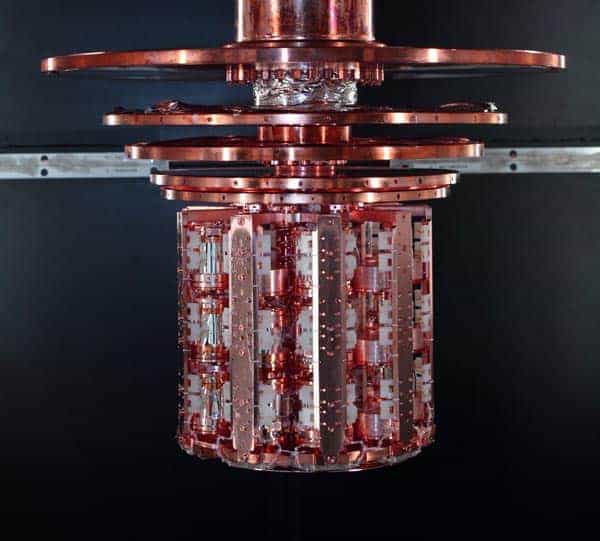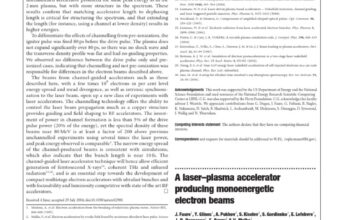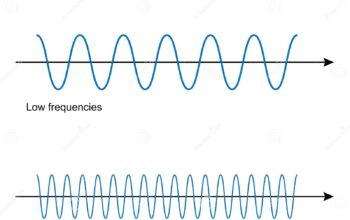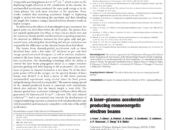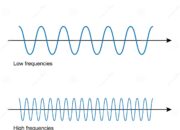In the vast canvas of the cosmos, there exists a profound mystery that has captivated astrophysicists and cosmologists alike: dark matter. This elusive component of the universe, constituting about 27% of its total mass-energy content, has yet to be directly observed. It does not interact with electromagnetic forces, rendering it invisible to traditional detection methods. However, recent advancements in detection technologies, particularly those employed by the CRESST (Cryogenic Rare Event Search with Superconducting Thermometers) experiment, suggest that we may be on the cusp of unveiling the secrets of this shadowy matter.
Historically, the existence of dark matter was inferred through gravitational effects on visible matter, such as galaxies and galaxy clusters. Observations indicated that the mass of the universe must be substantially greater than what is visible, leading to the hypothesis of a non-luminous, non-baryonic substance permeating the cosmos. This supposition has remained one of the most significant paradigm shifts in modern physics, challenging our understanding of matter and energy.
In its latest endeavor, the CRESST experiment has provided tantalizing hints that might reconceptualize our understanding of dark matter. CRESST operates using highly sensitive detectors that measure the minute energy deposits resulting from potential dark matter interactions with ordinary matter. Nestled in the Gran Sasso National Laboratory in Italy, the CRESST apparatus employs scintillating crystals cooled to near absolute zero, making them exquisitely responsive to even the slightest energy changes.
The CRESST collaboration has recently reported anomalous signals that suggest a possible interaction with dark matter particles, specifically those in the mass range of 1 to 10 GeV/c². This discovery is significant because it opens up new avenues in the search for not only dark matter candidates but also in our broader quest to understand the universe’s composition. Amongst the candidate particles being discussed are Weakly Interacting Massive Particles (WIMPs) and light dark matter theories, which propose that dark matter comprises lighter particles that might possess different interaction strengths compared to their heavier counterparts.
Detecting dark matter is akin to attempting to hear whispers in a noisy room: one must develop the ability to discern subtle signals against a cacophony of background phenomena. The constant din of cosmic rays, radioactivity from surrounding materials, and thermal noise poses significant challenges. CRESST’s cryogenic technology minimizes these interferences, permitting more refined measurements and enhancing the potential for discovering dark matter interactions.
The implications of this research extend beyond mere curiosity. If confirmed, the signals observed by CRESST could redefine our physics paradigms and refine the standard model, incorporating these elusive particles into our understanding of the universe. Exploring dark matter’s properties might yield insights into the fundamental structure of matter, challenging prevailing theories, including the role of supersymmetry and extra dimensions.
Furthermore, unraveling dark matter’s nature may hold the key to understanding cosmic evolution. Current models of structure formation in the universe suggest that dark matter has acted as a scaffolding upon which visible matter coalesced. By understanding dark matter’s composition and behavior, we could obtain new perspectives on galaxy formation, cosmic web dynamics, and even the fate of the universe itself.
As CRESST’s findings pique curiosity and fuel speculation, they also highlight the importance of interdisciplinary collaboration within the scientific community. Astrophysicists, particle physicists, and cosmologists must unite to theorize and test new models that accommodate the emerging data. Such collaboration fosters a milieu of innovation, leading to more sophisticated experiments and contributing to the synthesis of knowledge across disciplines.
As the dialogue surrounding dark matter evolves, so does our methodological approach. The quest for direct detection, through initiatives like CRESST, marks a significant turn towards experimental validation of theoretical frameworks. This shift is not merely about finding a particle; it is about constructing a narrative that reconciles the known with the unknown, bridging our understanding of the micro and macro cosmological realms.
In conclusion, CRESST’s recent successes in hinting at dark matter’s existence signify more than just a scientific achievement; they represent a veritable watershed moment in our understanding of the cosmos. The potential discovery of dark matter particles holds the promise of reshaping our fundamental understanding of reality. As we continue to scrutinize the fabric of our universe, each whisper of dark matter draws us closer to unveiling its hidden truths and illuminates our path toward a more comprehensive understanding of the universe’s enigmatic nature.
